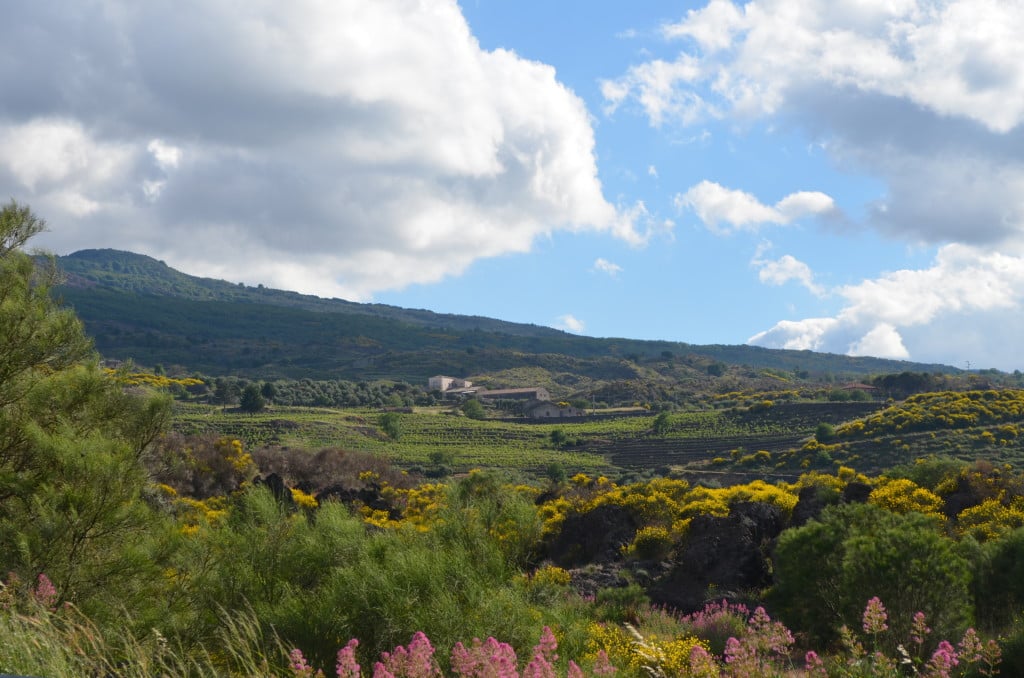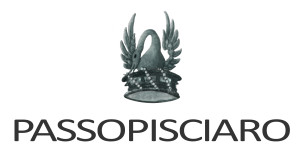About Passopisciaro
Passopisciaro sits high atop an old volcanic flow on the northern slope of Mount Etna, Europe’s largest active volcano, on the island of Sicily. It was acquired by the Tuscan visionary Andrea Franchetti in 2000 who then proceeded to restore its old farm, cellars, and terraced vineyards across the face of the volcano. Passopisciaro’s vineyards are located in various contradas, or crus, between 1,800-3,600 feet above sea level, and its microclimate is almost alpine with intense sunlight and drastic temperature shifts between day and night. The growing season often stretches into November. The soil is comprised of various types of volcanic ash which, combined with the diffused light, diurnal shifts, and varying altitudes, create a highly unique growing environment for wine grapes.
Viticulture and winemaking here have extremely ancient origins, with the first written reports dating from the third century BC, yet Franchetti’s arrival on Etna helped to initiate the renaissance of quality viticulture on the mountain. According to Jancis Robinson, “the Etna wine revolution began with 2001, the first vintage for Passopisciaro, a small estate founded on ancient, high-altitude vines by Andrea Franchetti.”
Around the winery, located in the contrada of Guardiola, Franchetti decided to plant a small amount of the varieties Petit Verdot and Cesanese d’Affile at a density of 12,000 vines per hectare on thin lavic soil to produce his flagship wine at the estate, aptly named Franchetti. The blend varies with each vintage, and while rare, the result is sometimes a 100% Petit Verdot, as in 2006 and 2010. On Etna, due to the volcanic soil, Petit Verdot becomes more peppery and spicy, leaner and stiffer in body. Cesanese d’Affile, a grape from Lazio that Franchetti first planted in Tuscany, is a more gentle, aromatic counter to the structure of the Petit Verdot, although it has great aging potential. The wine represents Franchetti’s attempt to create a completely different wine on Etna, more evocative of the thick plumes of smoke the volcano emits than the lighter, indigenous variety Nerello Mascalese.
In addition to this proprietary blend, Franchetti also produces elegant, mineral-driven Chardonnays Passobianco and Passochianche, as well as a series of six red wines that express the effects of different altitudes and lava flows on the local grape Nerello Mascalese: Passorosso and five individual Contrada wines that express their distinct terroirs.
In addition to Passopisciaro, Andrea Franchetti also owns another unique winery—Tenuta di Trinoro, located in the confluence of southern Tuscany, Lazio, and Umbria. The wines of both estates are astounding examples of the benefits of the relentless pursuit of quality and distinctiveness in extreme growing environments.



The wines from Passopisciaro remain among the very best of Etna, and in the end that’s what matters to wine lovers everywhere.